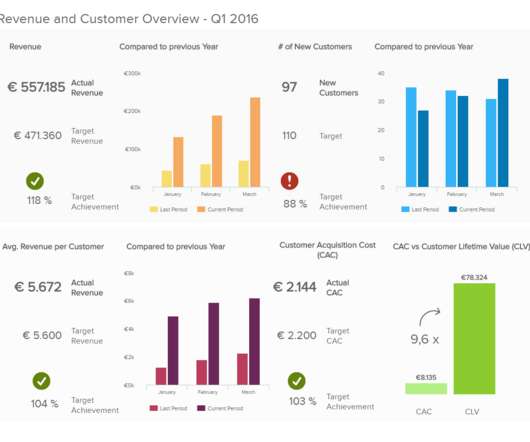New Thinking, Old Thinking and a Fairytale
Peter James Thomas
JUNE 20, 2019
Of course it can be argued that you can use statistics (and Google Trends in particular) to prove anything [1] , but I found the above figures striking. Business Process Reengineering (BPR) used to be a big deal. And reduced costs aren’t guaranteed […]. Source: Google Trends. The scope is worldwide.













Let's personalize your content